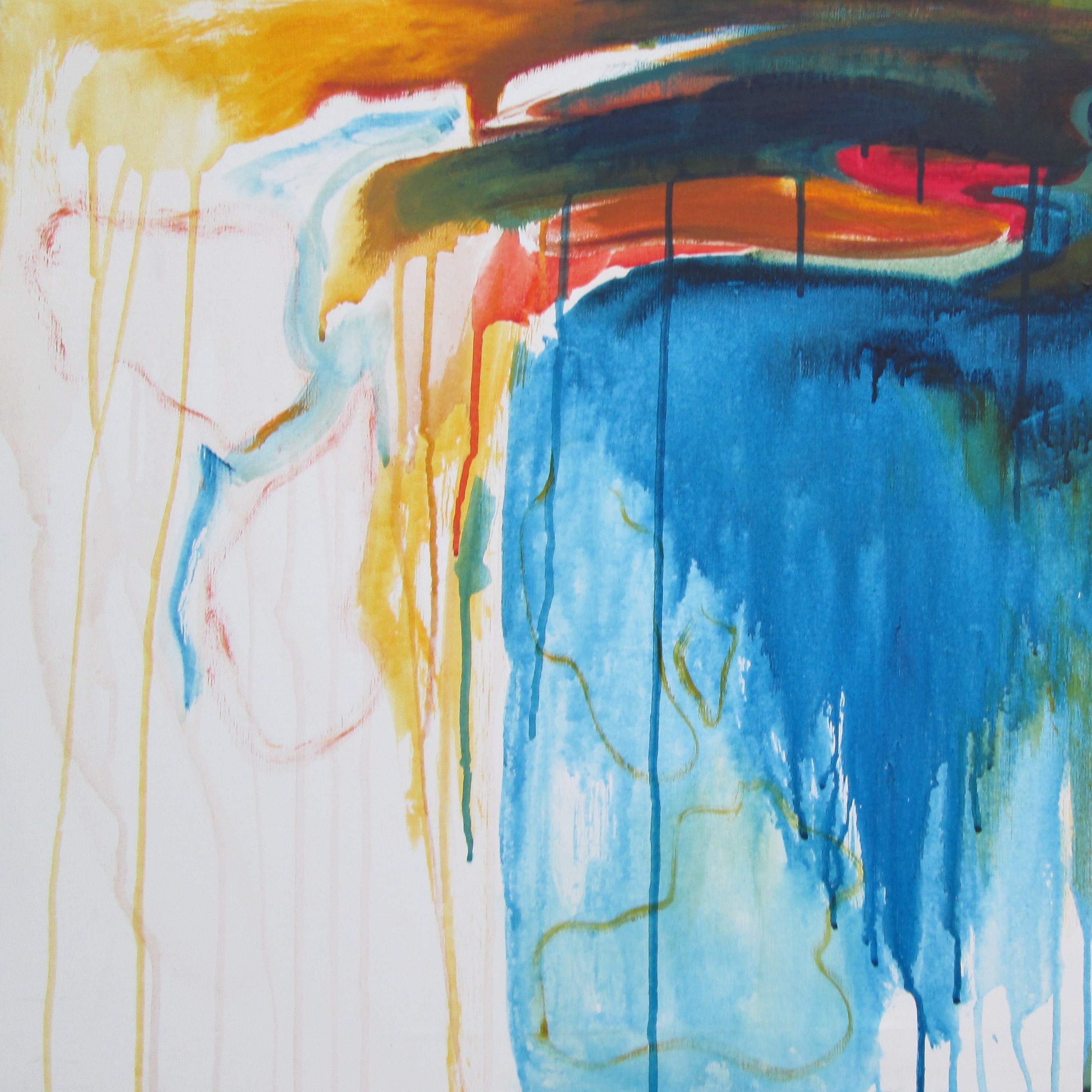
Location: Rita Blitt Gallery
August 17, 2024 - January 14, 2025
It is said that the future is female, and one can only hope … the past, through continuous excavation, is becoming more female all the time.
Roberta Smith, art critic (2021)
Abstract Expressionism emerged as a distinct artistic style in the period following World War II, and by the 1950s it had gained mainstream acceptance. Spearheaded by a group of artists in New York City, the movement consisted of two main branches: the action painters, who worked in a spontaneous manner making expansive gestural marks typically associated with drawing, and the color field painters, who created simplified forms oriented within large areas of saturated color. Like the Surrealists before them, these two groups shared a commitment to art as an expression of deep emotion and universal themes.
Key artists of Abstract Expressionism include Jackson Pollock, Willem de Kooning, Franz Kline, and Mark Rothko, along with several women who actively shaped and contributed to the movement’s ascendence. As members of the New York School Elaine de Kooning, Helen Frankenthaler, Lee Krasner, and Joan Mitchell each responded to the legacy of Surrealism and the post-war mood of anxiety with their own creative dynamism, although their contributions have only gained meaningful consideration in recent years.
As scholars, art historians, and curators dig deeper into the traditional narrative of Abstract Expressionism, a more complex history is emerging. Far from New York City, mid-twentieth-century artists were contemplating post-war political and social environments. Conversant in abstraction, they explored and expressed their concerns in a new vocabulary of expressive gesture and color. Rita Blitt was one such artist working outside the mainstream. She experimented with the language of Abstract Expressionism in her studio practice, innovating its methods and expanding its vocabulary within her own work.
This exhibition features five female artists working at different times and places. It provides a glimpse into the universality of an art movement unfolding across the world and reveals how these women navigated the dialect of Abstract Expressionism.
FEATURED ARTISTS: Rita Blitt, Elaine de Kooning, Helen Frankenthaler, Lee Krasner, Joan Mitchell
Rita Blitt, Untitled (detail), 1970, acrylic on canvas. Permanent collection of the Mulvane Art Museum, Washburn University.
